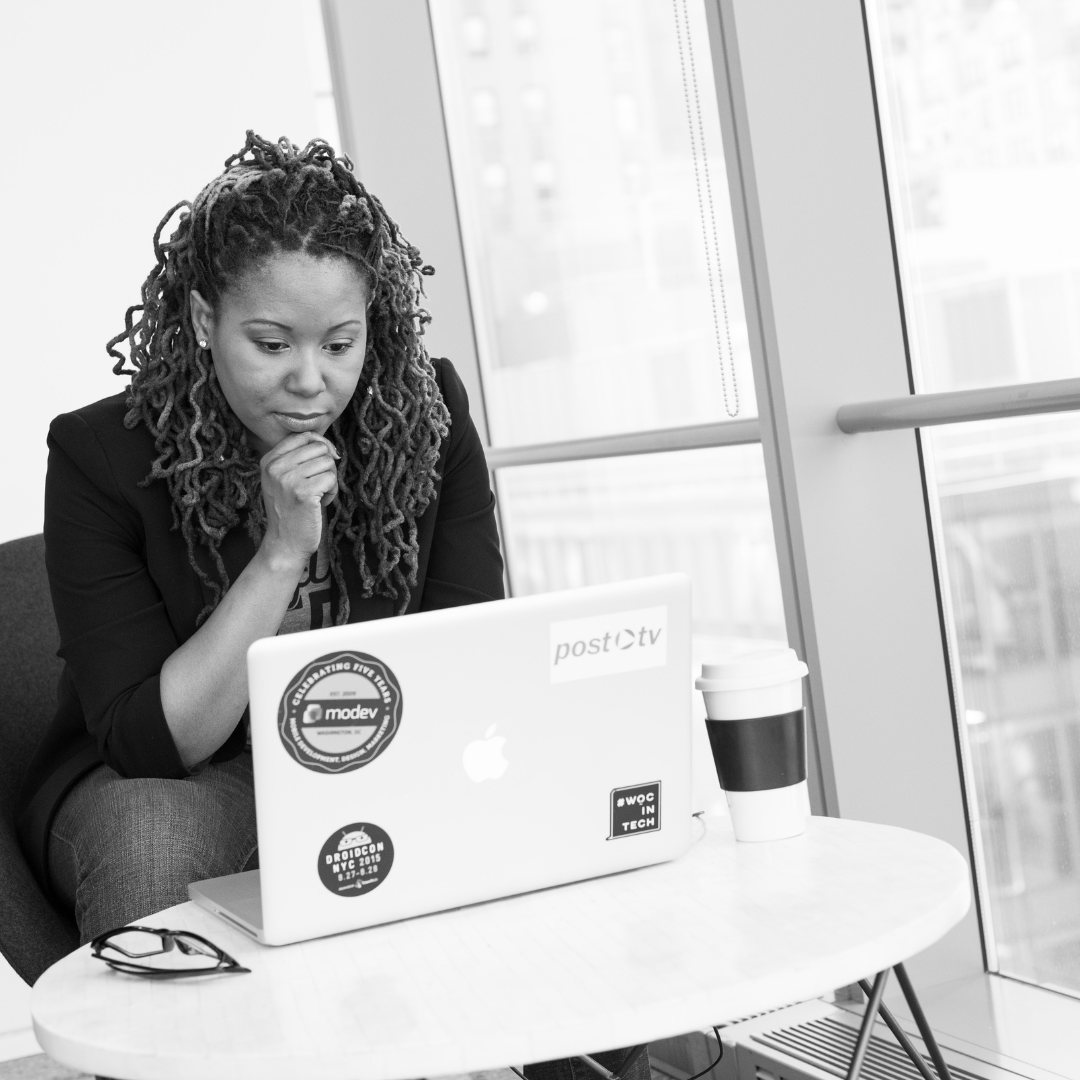Branding is a Verb
Image: Scott Pommier Photography
The word “brand” may be one of the most misunderstood words in the English language.
Originally from the Norse word Brandr, meaning burn, “brand” has been used to describe everything from the identifying mark on a cow’s bum to the trademarked name on a tube of toothpaste. The ad industry took ownership of the word in the late 19th century to help delineate and identify the makers of various consumer packaged goods, like sugar and snake oil.
In spite of its linguistic origin, the word “brand” is much more than a logo slapped on a plastic tube. Today, “brand” has come to represent the collective perception of the value of your product or company.
It is defined within the millions of micro-moments in which people experience a real, authentic connection to your business, its people and its offerings. In the words of the great David Ogilvy, “brand is the intangible sum of a product’s attributes.”
Put simply, “brand” is what people think about when they hear your name.
The perceived value of your brand impacts the real dollar value of your company, because a good brand allows you to become bigger than just the product you sell — think Apple, Harley and BMW.
Who else promises creativity, freedom and performance with a single logo?
God, those peanut bags are the worst.
These brands — the ones you can associate with a single word — are what we call “irreplaceable.”
Microsoft could make the best computer in the world, and still never sell a PC to a Mac person. No Harley rider would be caught dead on a Suzuki, no matter how fast it gets to 60MPH. See the pattern?
We call it “Brand with a capital B.” And it isn’t (just) your logo, your website or your mission statement.
So while your logo and other visual elements (also known as “Branding the Noun”) plays an important part in how people come to feel about your company, they are only individual parts of a larger system of experiences that works together to express your value.
Branding is an Action, Not a Static Thing.
To gain trust and traction, you have to ensure that the perceptions you create are consistent across the entire experience that people have with your company — with every stakeholder, from consumers to employees to investors. That means a brand is something you have to build. A reputation. Trust. A vibe. Built with consistency over time.
So our job as brand strategists is not simply to decide on what a brand will be and wave our magic wand. Because that kind of inauthenticity isn’t sustainable. Our job instead is to uncover a brand’s true purpose and value and then articulate it in a way that’s simple, clear and connects emotionally with consumers.
Only when a brand is uncovered from within, and only when everyone in the organization is aligned around it, can we begin building an authentic brand experience.
That consistency (along with regular listening to understand what your consumers want) lets you stay in lock- step with their needs, and meet them where they are.
It’s kind of like marriage. In fact, the loyalty some brands have is stronger than some marriages I know. Not naming names.
To curate and maintain brand love and loyalty over time, we must follow these 5 steps:
We can’t promise these steps work for marriages too, but we know they can’t hurt…
No. 1: Identify a brand purpose that meets the needs of your target consumer.
This should be an emotionally driven concept that helps your consumer feel like the hero of the story, like releasing one’s inner athlete (Nike) or recapturing the magic of childhood (Disney).
Think Star Wars - they’re Luke Skywalker, you’re Yoda. How will you help them tap into the force to destroy the Empire?
No. 2: Align internal teams (especially leadership) around the brand’s purpose.
Memorize it. Write in on the walls. Then decide why your company is better equipped to deliver on that promise than anyone else (this is your UVP).
No. 3: Simplify your message.
Communicate with stakeholders in terms of their goals, not the details of how you get them there. Win their hearts with the emotional pitch, then help them justify their decision with proof that you can deliver.
No. 4: Be consistent.
Express the brand consistently across every touch point - visual, verbal and experiential/
No. 5: Listen and pivot.
Needs change. The market changes. Brand is a living, breathing thing that has to be responsive to its environment. The key here is not to bend with any old breeze that blows: Your brand should always stay true to its purpose.
Beloved Brands are Human-centered Brands
Build a brand that feels real, that hits home — that consumers want to own with you. You can do that by keeping your client / customer / consumer at the center of every story you tell. What are they seeking? How can you change their experience for the better?
At the end of the day, brands are like people. The only way to generate real loyalty, advocacy and true brand love is to make them say, “man, they really get me.” Make your consumers feel seen, loved, and important. Then do it again, forever. As the great Oscar Wilde once said, “Be yourself. Everyone else is already taken.”
In the words of the great prophet Dwayne “The Rock” Johnson, “Success isn’t always about greatness. It’s about consistency. Consistent work gains success. Greatness will come.”
Let’s go be great.
We want to talk to you!
We think brand & marketing go together like bonfires & marshmallows. Get in touch & let’s talk shop.


















